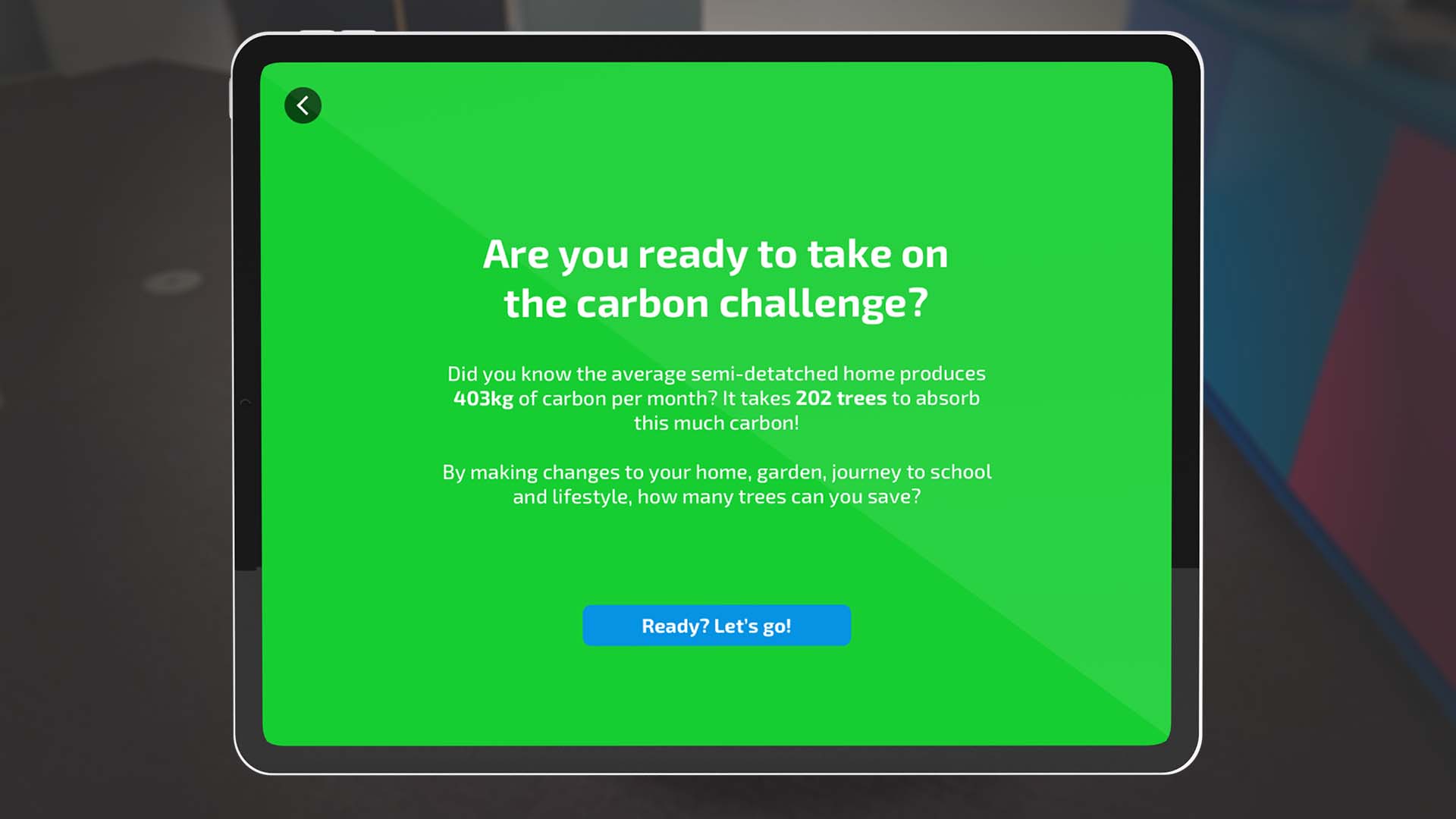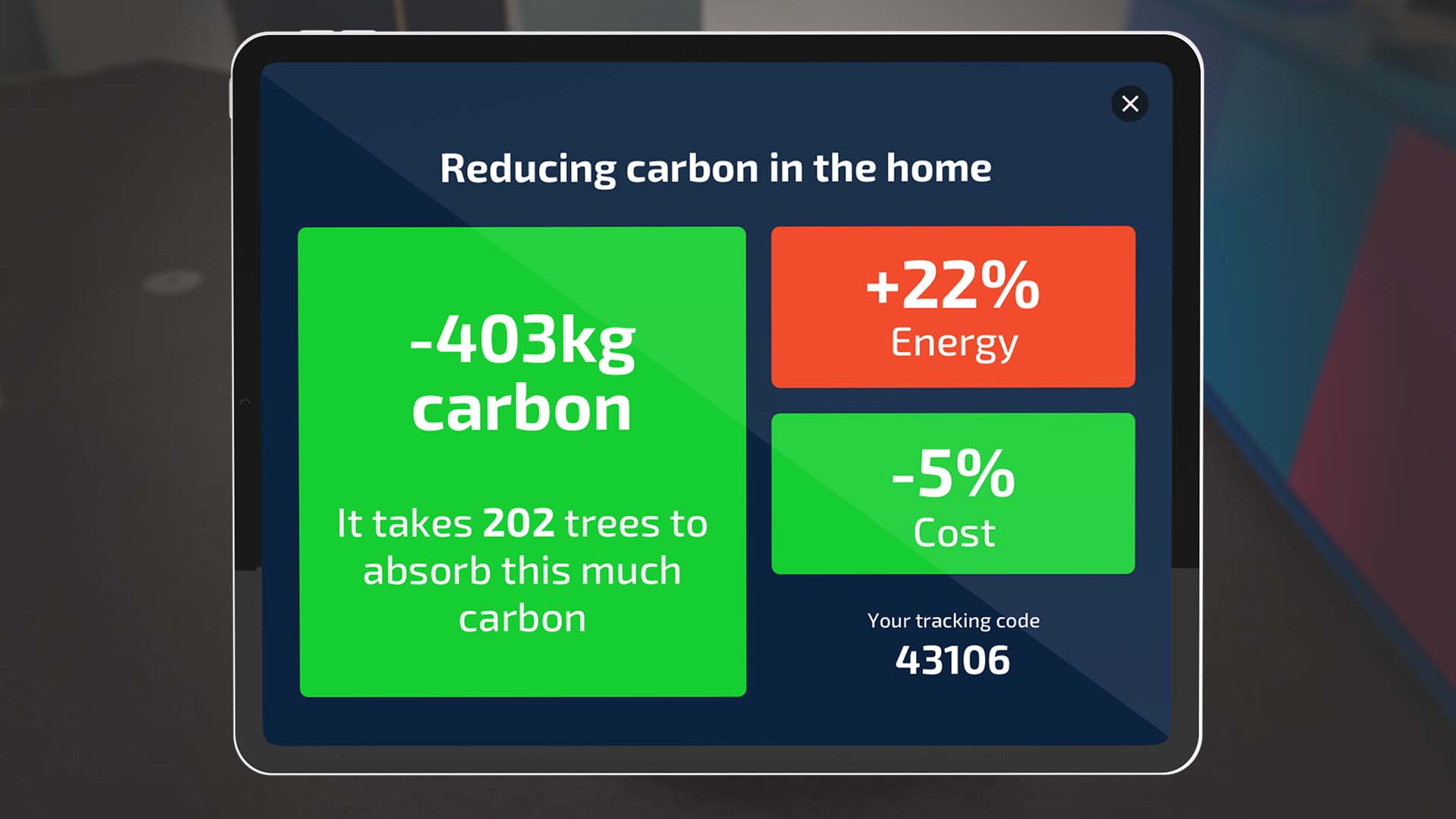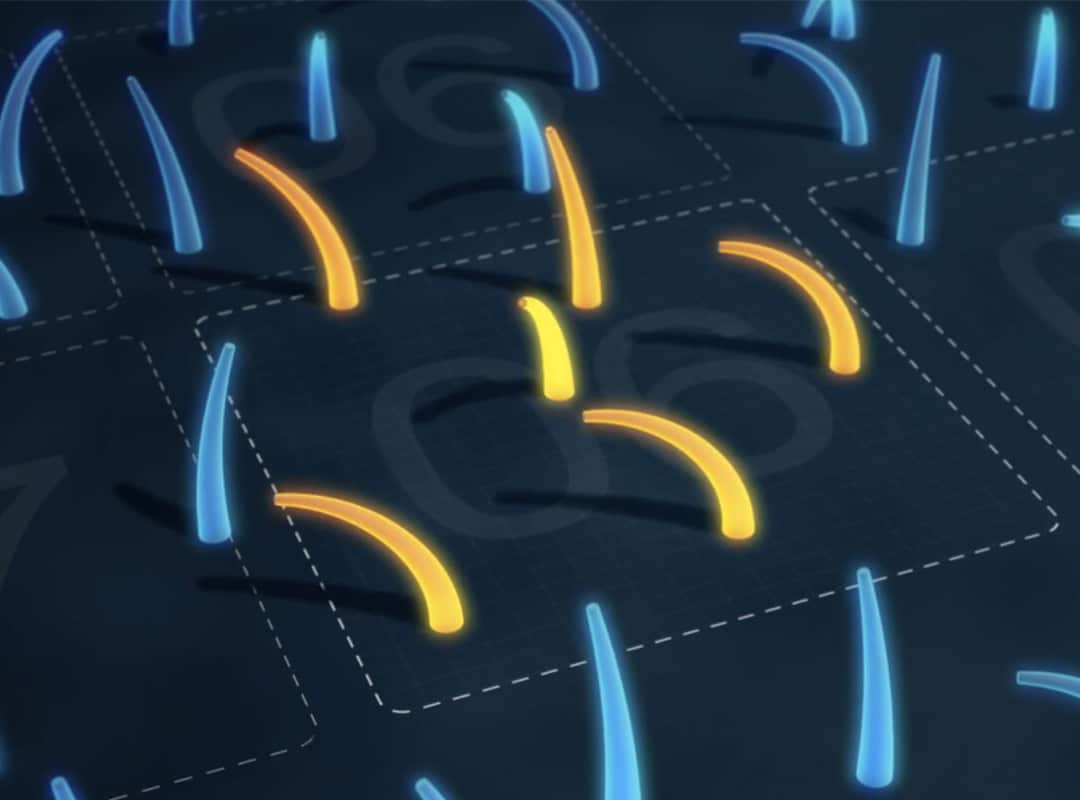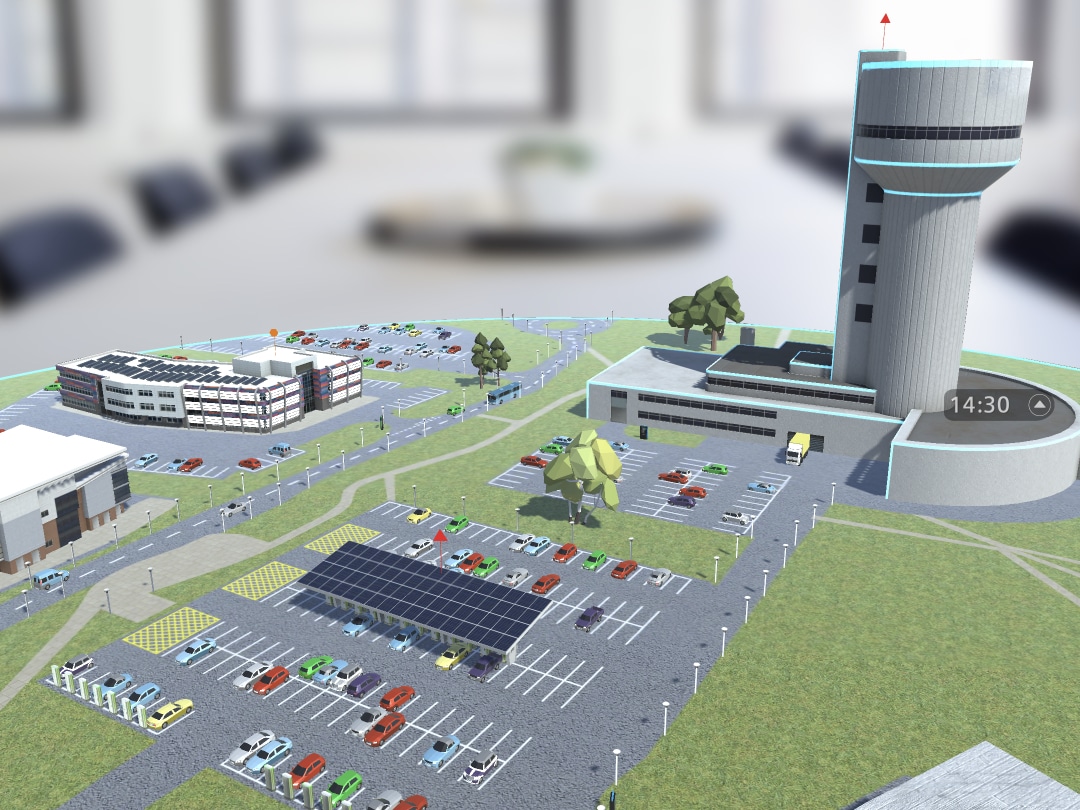
My Carbon Home for BV Future Gen Foundation
The BV My Carbon Home STEM plan
BV FutureGen Foundation is a charitable arm of BritishVolt, aiming to encourage more children to pursue STEM education and discover careers in the sector.
As part of their local initiative, BV FutureGen is creating a space in Ashington to help school children see just how many parts of life STEM impacts, and how they can make a difference individually. Capitalising on the growing trend in children taking climate action, they wanted to help show that this passion can be brought to bear in the home, and that their actions have real impacts on their carbon footprint.
To this end, they approached us to create and unforgettable educational experience demonstrating how real-world lifestyle choices impacts on their carbon footprint both positively and negatively – the My Carbon Home app.
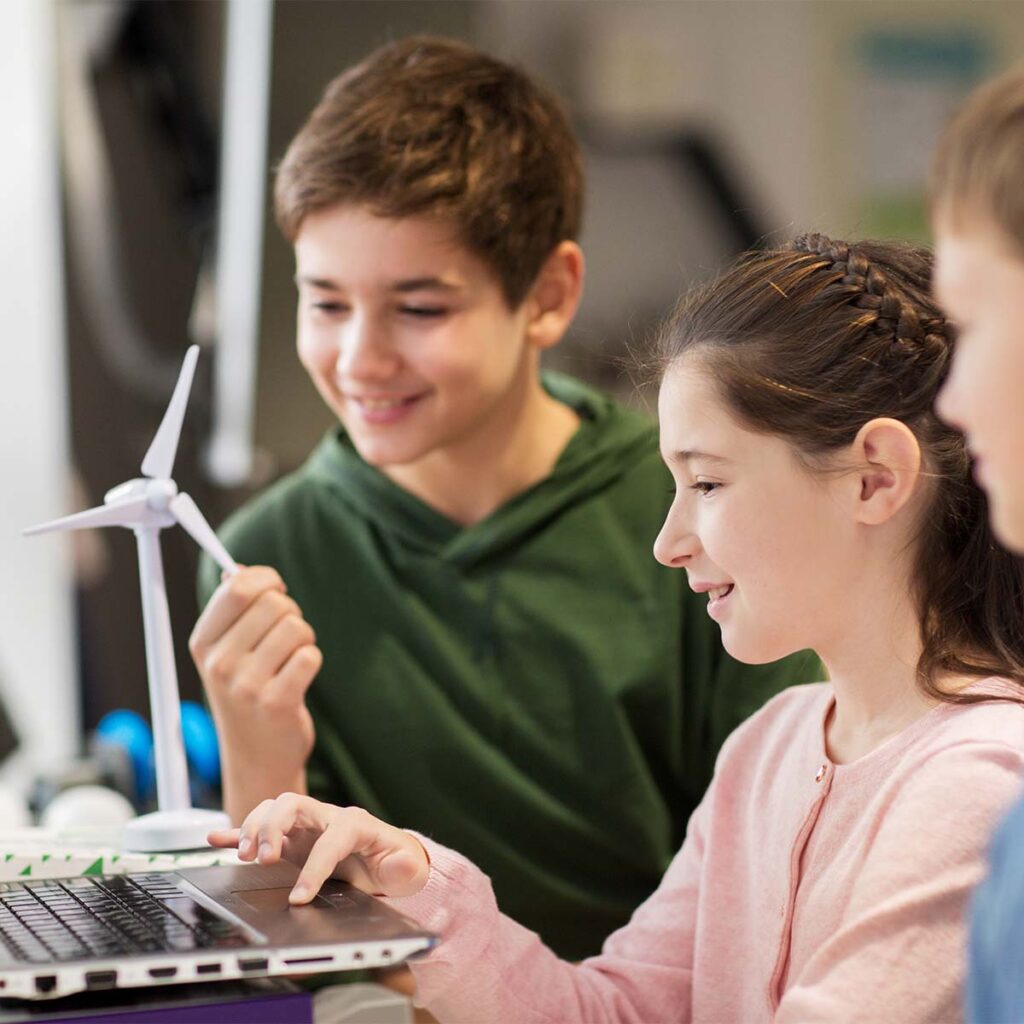
From maquette to 3D Model – making a virtual building feel like a home
To help children learn about carbon in the home, the virtual buildings need to feel as close to ‘real’ as possible, they need to connect with a place they recognise and have relevant options to visualise the difference their actions can make.
Our initial research focused on buildings within the Ashington area, mood boards were created and a semi-detached property was chosen as the first home to build.
In order to get a better understanding of the experience and gain insights early in the process we built a to-scale maquette of the set, where UX concepts and carbon scenarios could be tested before a single line of code was written.
Once we were happy, our 3D team began creating a scale model of a semi-detached home – perfect down to the individual roof tiles.
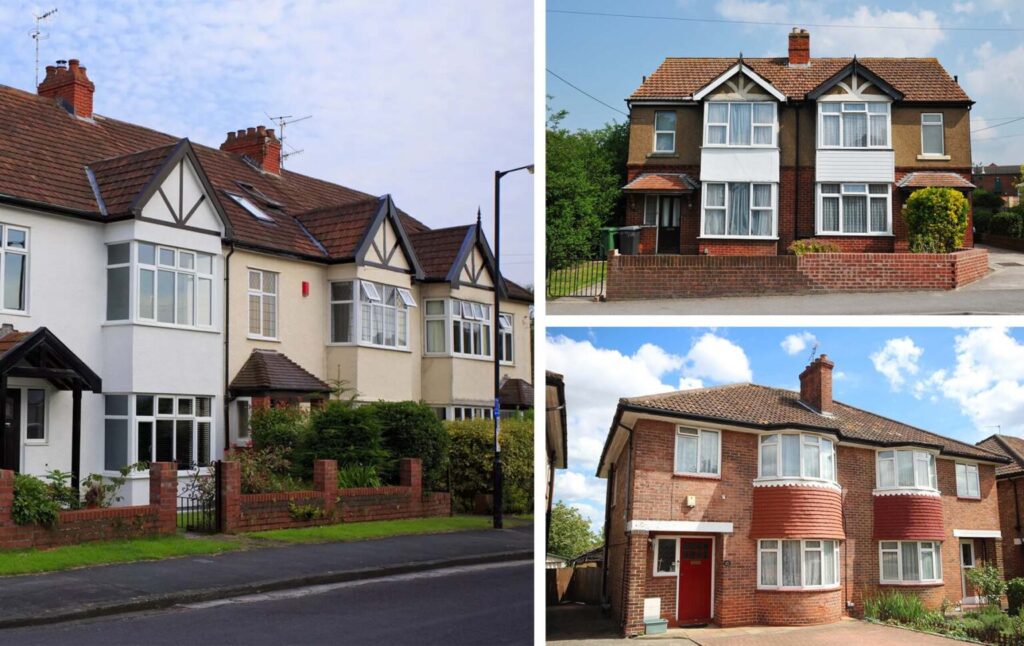
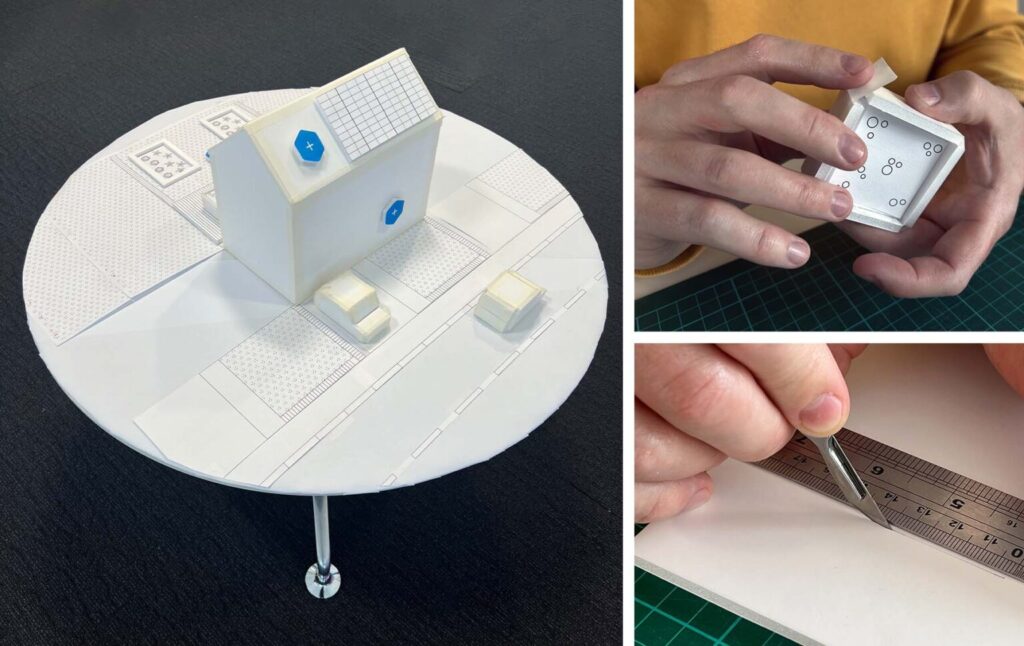
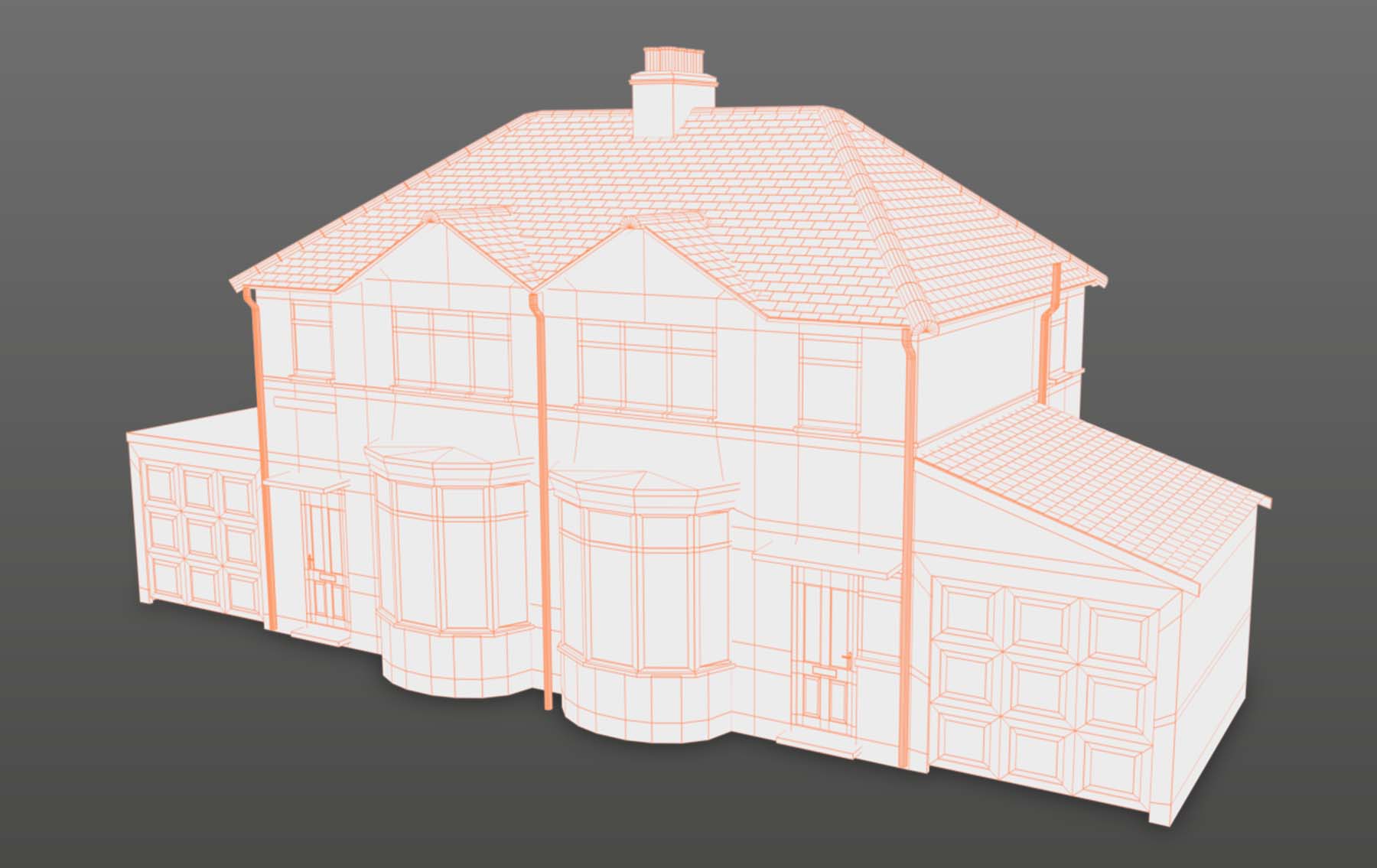
The semi-detatched AR home
With the house complete, we grounded it in a real-world street to make it feel like a real space a child would live in or recognise.
Finally we added added gardens, garages, pavements, roads and even neighbours. Once the scene was set we moved onto the wide range of carbon, electricity and cost reduction measures the user could interact with to complete the experience.
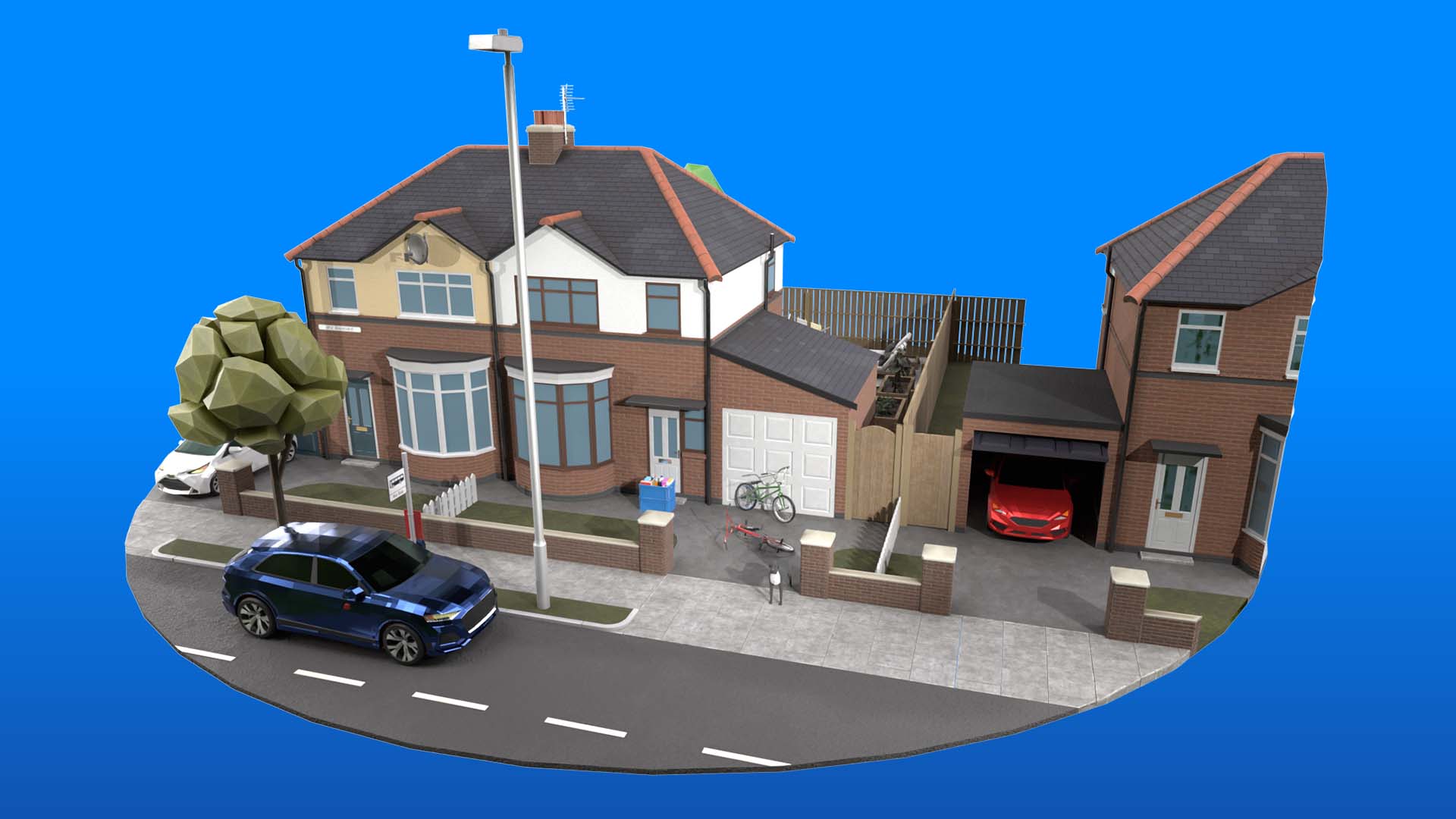
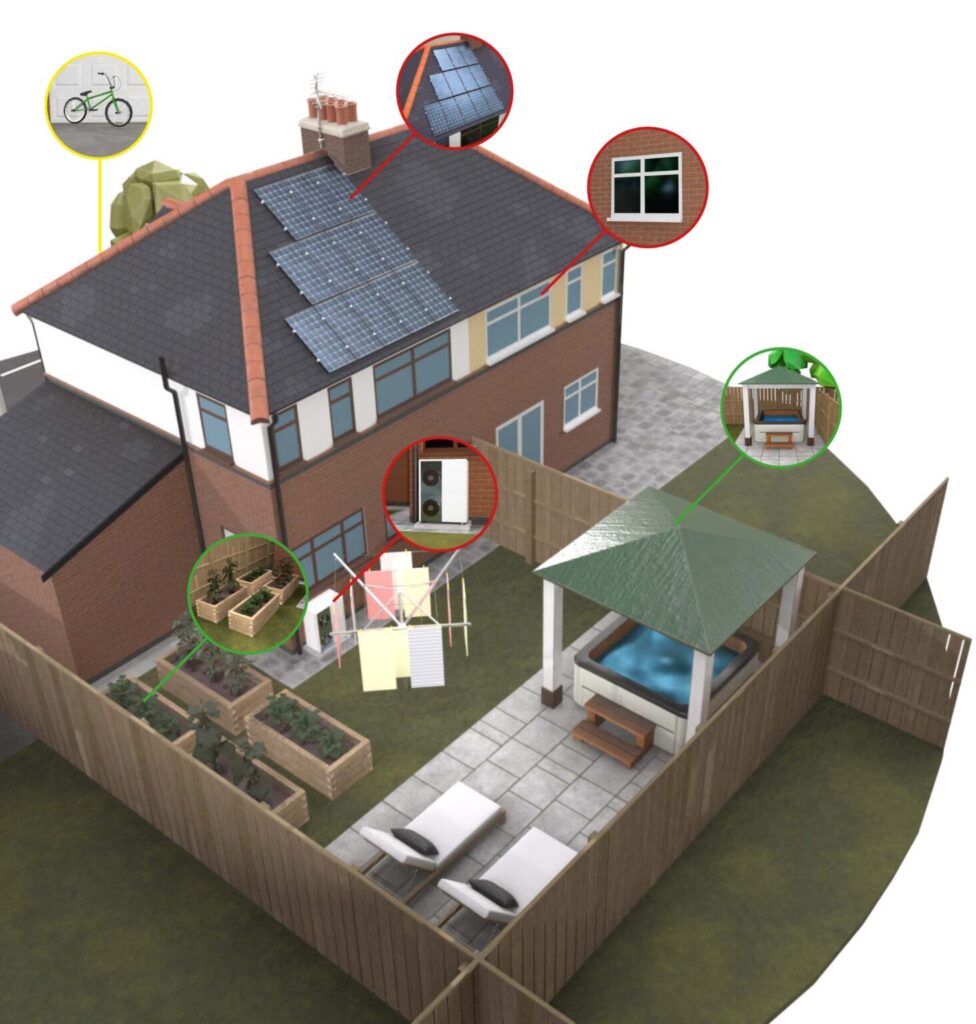
Visualising carbon, electricity and cost
We created more than 20 carbon home cards to add and remove from the Carbon Home – everything from solar panels and loft insulation to different modes of transport, garden features, online grocery deliveries and more. Every card addition was carefully 3D modeled and animated to make sure the experience was fun and engaging.
We worked with a carbon and energy specialist to determine precisely how much carbon, electricity and cost would be reduced (or increased!) with each added card, allowing us to accurately compare the Carbon Home with the average house.
Creating the user experience
To make the experience memorable and actionable for children, we couldn’t rely on numbers. Even the most clued-up 9-13 year old may not know what a kilogram of carbon represents, or what a 10% cost reduction in energy bills means for a home budget. We decided to use trees as an easy way to visualise the impact of reducing carbon, and to encourage kids to go home and discuss energy and carbon saving measures with their families.
Users are encouraged to explore the space – they can move freely around the house and street and tap on any of the four zones – home, garden, transport and lifestyle – to see what steps they could be taking to save energy, carbon and money. Adding or removing elements using the cards system is immediately reflected in the three ring graphs that surround the scene.
When they’ve made the changes they want, the user can find out how much impact they’ve had – the summary screen calculates their carbon, energy and cost changes, with carbon compared to the number of trees it would take to absorb it.
